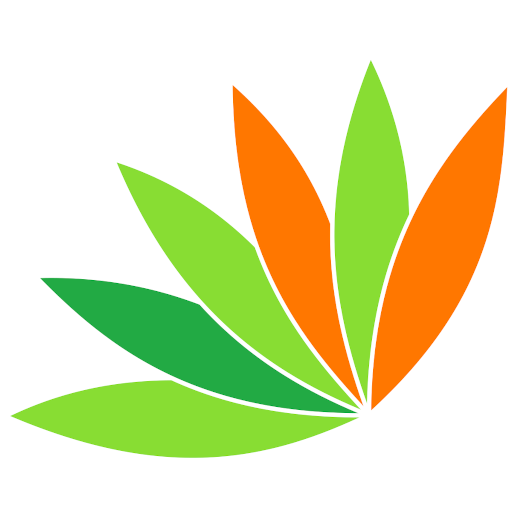
English
Our students communicate confidently, think creatively and engage with the world.
English is part of almost every learning activity at Village School, and our experiential approach helps students understand and apply the important concepts of language and literacy at school and at home. Our classroom activities are carefully matched to the Victorian curriculum so that our students develop all the required literacy skills.
English Curriculum
The English curriculum includes reading, writing, speaking and listening and helps students communicate confidently, think creatively and become informed so that they can understand, describe and engage with their world. We begin with the fundamentals and then build on these abilities and topics as each student progresses in skills and understanding.
-
Students move gradually from identifying letters to reading fluently and learn to make meaning from texts, using context, features and cues to understand. They learn to identify different types of texts and structures, understand literal and implied information, recognise how characters, settings and events are conveyed and can connect between texts and their personal experience.
-
In this learning area, students learn to write letters, including capitals and punctuation and progress to writing in sentences and creating imaginative, informative and persuasive texts. They use the features of language to communicate effectively in writing and increase their vocabulary and understanding of grammar. They are able to spell accurately and self-edit, using their knowledge of existing words, and use images appropriately to support text.
-
Children learn to respond to and interact with others and develop the skills to communicate clearly and collaborate on tasks. They are able to retell events and experiences, express likes and dislikes, and understand characters in texts. They identify rhymes, patterns and sounds in words and use relevant words. Students engage in class discussions, ask questions and challenge ideas and make presentations, using a variety of formats.
General capabilities
While studying English, students also build the following general skills:
An understanding of language, and the ability to read and understand texts
The use of technology to research, understand and create texts
Critical and creative thinking when analysing and creating texts
Enhanced interpersonal and social skills through communication and teamwork
An understanding of other cultures and points of view
English at Village School
Our interactive literacy program takes into consideration the various learning styles of young children, and their differing rates of progress and prior knowledge while ensuring that important literacy, literature and language skills are developed. Because English is part of almost everything we do, we find numerous opportunities throughout the day to explore and practice reading and writing texts. We focus on how students are learning and allow knowledge outcomes to emerge naturally. We also ensure that each child is engaged and motivated by modifying topics and activities to suit their needs and interests and we encourage self-initiated learning, as this leads to the best outcomes.
We incorporate a range of teaching materials, including worksheets, online applications and countless books containing motivational worksheets, flash cards, story books, fiction and non-fiction reading, Reading Eggs, Thrass charts, Letterland Stories, as well as programs like Toe by Toe for remedial work.
Examples of English activities
Our students explore language and literacy in many different ways. Here are some examples of English learning in action at Village School.
-
Students study fairy tales, either in their original form or a fractured version. They write different versions of these stories and integrate this theme with technology and art, which always culminates with a dress-up day using characters from fairy tales.
-
Students used colour as a theme to motivate creative writing and then presented a colour journal with a different colour featured across two pages. Then pieces were written on each colour page in different writing genres, so there might be a type of poem (haiku, acrostic, ballad) and a letter, a short story and some interesting facts.
-
Integrating with a history theme, the children wrote letters from either fictional characters in an historical context or actual people e.g. taking on the name of a person in the First Fleet and writing a letter home.




